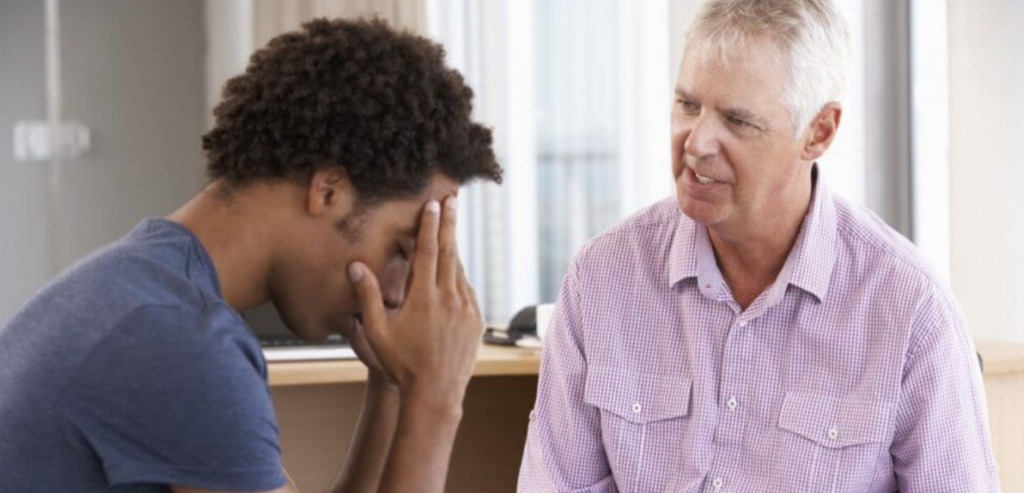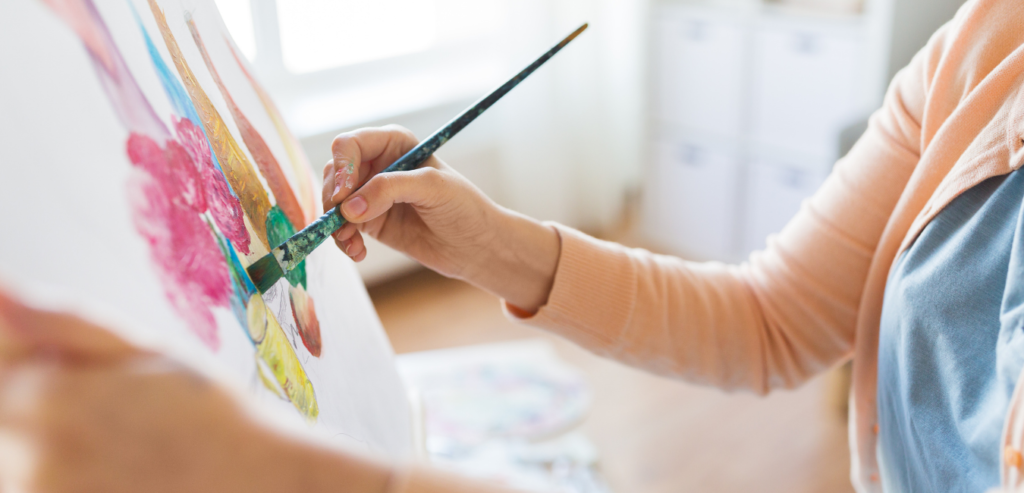Abuse happens when someone says or does something that causes harm to another person. It can happen to anyone, and there are many common symptoms of abuse in adults to be aware of. Unfortunately, it can be challenging to notice abuse in adults because it’s hidden. Being aware of the common forms of abuse in adults and the symptoms of abuse can help prevent further harm.
5 Common Forms of Abuse in Adults
Adults can experience abuse, just like minors can. The types of abuse adults experience are similar to the abuse children experience. Often, adults understand what’s happening to them and feel shame as a result. Other times, they may not understand what’s occurring or that it’s abusive.
Emotional Abuse
People who emotionally abuse others try to control them by using emotions to criticize, embarrass, shame, blame, or manipulate them. A relationship is emotionally abusive if a person uses those methods to damage the other person’s self-esteem or mental health.
Emotional abuse can look like threats made against someone or using humiliation or ridicule to make a person feel bad about themself. Controlling, intimidating, coercing, shouting, swearing, or provoking fear of violence are all ways someone might emotionally abuse someone else.
 Physical Abuse
Physical Abuse
People who use physical force against another person to cause injury are physically abusive. Regardless of the person’s relationship to you, they are abusive if they use physical force that could harm you. Legal definitions of physical abuse differ from state to state, but physical abuse is always dangerous. Regardless of the abuse’s circumstances, physical abuse is a criminal act, and physical abuse can have long-term emotional effects.
Types of physical abuse include hitting, pushing, rough handling, denial of medical treatment, improperly administering medication, illegal use of restraint, force-feeding, sleep deprivation, exposure to heat or cold, or keeping someone from going where they want.
Sexual Abuse
Sexual abuse is any unwanted sexual activity. Sexual abusers often take advantage of people who can’t give consent, make threats to get what they want, or use force. There are many types of sexual abuse, and each has a distinct definition based on the laws in that particular state.
Sexual abuse includes sexual assault, rape, indecent exposure, stalking, grooming, forcing someone to look at or make sexually abusive material, or being forced to watch sexual activities.
Neglect
Neglect is when a person deliberately withholds or fails to provide appropriate care and support needed by another adult. Neglect isn’t always intentional. In some cases, it’s due to a lack of awareness or knowledge. Neglect can impair the health or well-being of the person who relies on someone else for care.
Neglect can look like keeping someone in unclean accommodations, lacking heating or light, leaving someone in dirty or wet clothing, denying someone the use of their glasses or hearing aids, withholding food or medicine, or failing to ensure privacy or dignity.
Financial or Material Abuse
Financial abuse occurs when someone tries to steal, or steals or defrauds you of your money, goods, or property. It can also mean withholding money or misusing someone else’s money. In some cases, financial abusers may encourage someone to enter into financial contracts or transactions that they don’t understand to take advantage of them.
Financial abuse can be exploitation, embezzlement, withholding retirement savings or benefits, or trying to control the direction of wills, property, or inheritances.
How to Recognize Symptoms of Abuse in Adults
You may suspect that someone you care about is in an abusive relationship, but you may not have any evidence. Learning to recognize symptoms of abuse in adults can help ease your worries or confirm your suspicions.
Symptoms of abuse to look for include:
- You see or hear something.
- They tell you, or someone else does.
- You notice injuries or other physical signs that cause you concern.
- They act differently. They seem depressed, confused, or withdrawn.
- They have become isolated from friends and family.
- They have unexplained physical injuries like bruises.
- Their eating or sleeping habits change noticeably.
- They can’t go places or spend money without permission.
- Their bills go unpaid when they shouldn’t.
- They have bed sores or other preventable conditions.
- You notice changes in banking or spending patterns.
- They act afraid or unable to talk in front of a certain person.
Helping an Abused Adult
If you find out someone you care about is in an abusive relationship or environment, you may feel frightened or helpless. But if you notice the symptoms of abuse, there are ways to help your loved one.
Talk to Them
First, reach out to the person you suspect is experiencing abuse. Ask if there is anything you can do to help. They may not want to talk about it immediately. Speak with them privately to help them feel safe. If they are being threatened or coerced by an abuser, they may find it difficult to speak with you. Also, if they love their abuser, they may not immediately say anything. Let them know that you noticed some concerning abuse signs and want to help. Let them speak as much as they want to.
Help Remove Them From the Situation
If they confide in you about their abuse, you can help them find a safe place to stay. Offer to call an advocacy organization for them. These programs often offer emergency shelter for abuse survivors and professionals who can support them mentally, emotionally, and sometimes even legally with their next steps.
Involve the Authorities, If Necessary
If you believe the person you care for is in an abusive relationship that is an immediate threat to their safety, call the police. Because you may need to involve someone else, it’s essential never to promise someone experiencing abuse that you will keep it a secret. If you believe the abuse experienced by your loved one is part of a larger pattern within an organization, speak to an authority within the organization in addition to calling the police.
Help Them Seek Professional Help
Abuse is a traumatic experience that can take time and resources to heal from. If you know someone who has experienced an abusive relationship or an abusive environment, encourage them to seek help from a mental health professional. Trained professionals can provide them with the information and support they need to heal. And even though they may want to forget it ever happened, the trauma that goes unprocessed is likely to become a more significant issue later in life.
How Integrative Life Center Can Help
Knowing the symptoms of abuse can help protect you or your loved ones from abusive relationships and situations. At Integrative Life Center, we tailor our trauma treatment programs to each patient’s unique needs. We offer different levels of care to help abuse survivors and their loved ones recover. Contact us today to learn more about our trauma and abuse treatment programs.
The post How to Recognize Symptoms of Abuse in Adults appeared first on Integrative Life Center.
source https://integrativelifecenter.com/how-to-recognize-symptoms-of-abuse-in-adults/






